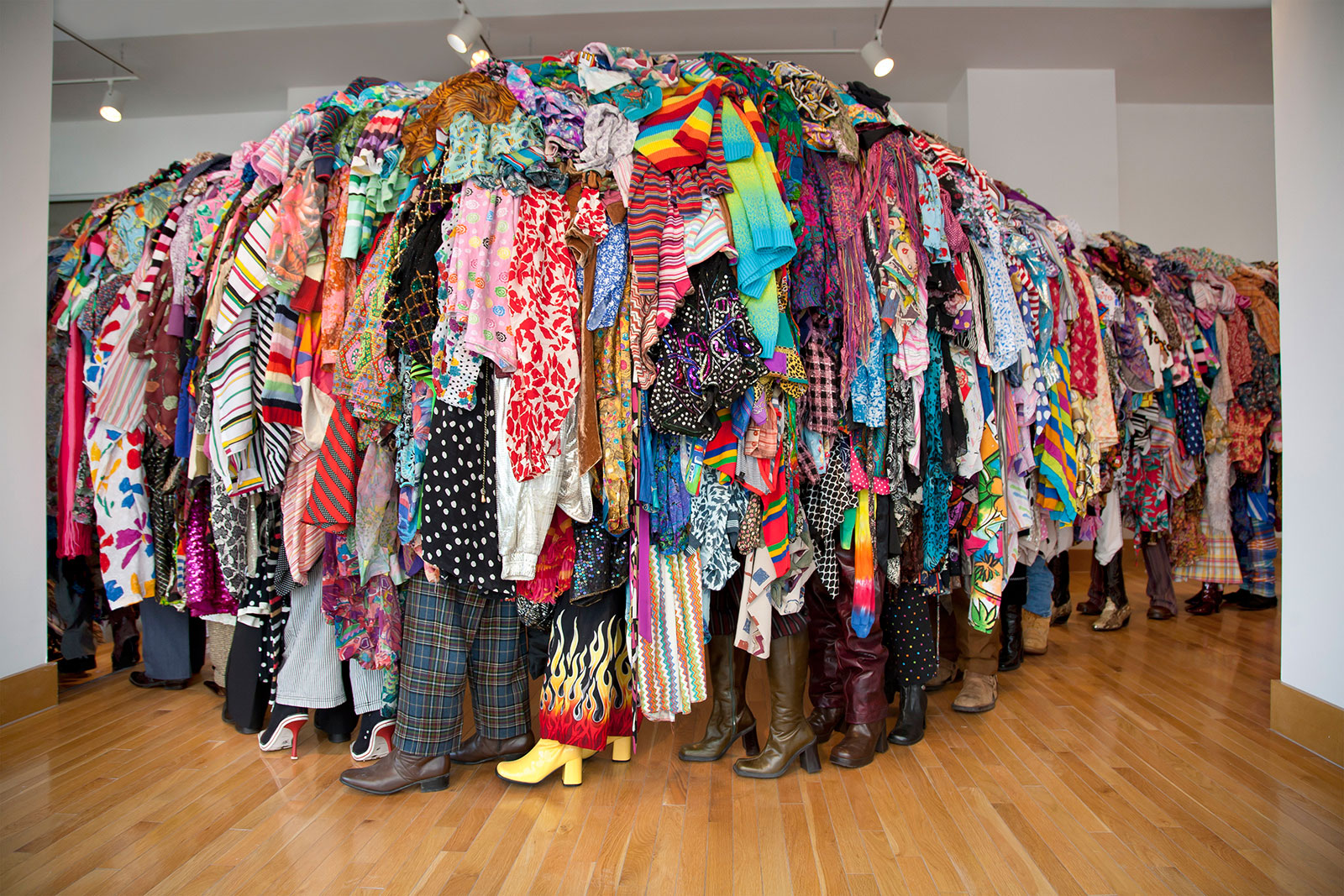
© Guerra de la Paz
Reduce Your Fashion Footprint
Textile production consumes large amounts of water and energy and often utilizes toxic chemicals that pollute the environment. The disposal of unwanted textiles also adversely affects the environment. You can make sustainable choices to reduce the impact of your wardrobe.
GUIDES
Reduce your fashion footprint with these 10 tips.
Learn to shop ethically with these 10 tips.
Pick up a copy of Dress (with) Sense, a sustainable fashion guide from Redress.
Tips on supporting sustainable fashion.
Guide to your sustainable wardrobe.
To reduce the impact of your fashion choices, consider buying second-hand, buying retail brands that produce textiles in a sustainable way, extending the life of textiles through proper care and repair, using textiles for their full useful life, and donating or recycling unwanted textiles.
For unwanted garments and textiles, follow these tips from Earth911, and find a location to donate or recycle using their Recycling Locator tool. This blog and this guide provide helpful resources and ideas for selling, donating, and recycling old clothing. There are a number of for-profit organizations that maintain clothing collection bins in cities throughout the world and provide bin locations on their websites. If you want your usable clothing donations to go to the needy, you should stick with a traditional nonprofit organization, such as Goodwill.

